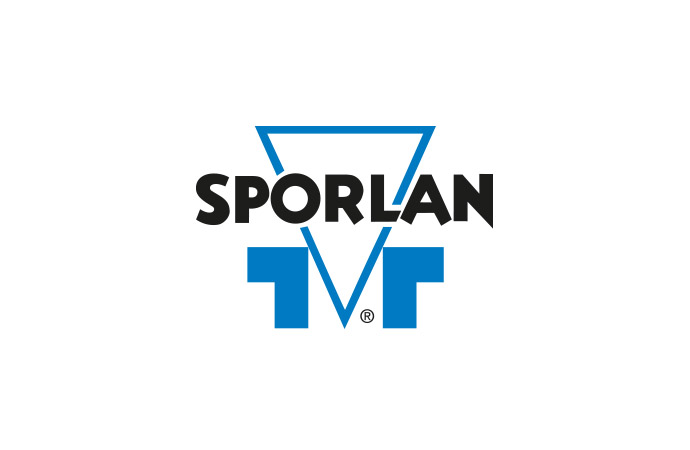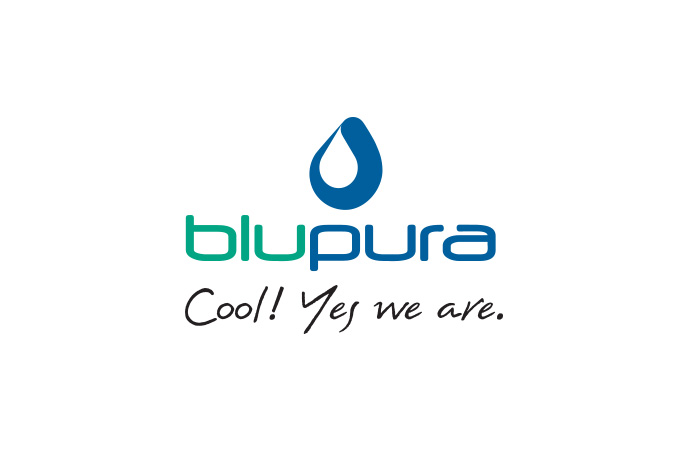Immediate mitigation of short-lived climate warming pollutants (SLCPs) such as black carbon, methane, tropospheric ozone and HFCs could reduce the rate of sea-level rise by about 18% (from 1.1 to 0.9 cm per year) by 2050, claims a new study from the University of California. Limiting the use of HFCs alone can reduce the potential global warming by 0.6°C by 2050, according to the Institute for Governance & Sustainable Development.

The growing threat of rising sea-levels, which is one of the most concerning and costly effects of climate change, can be significantly reduced by mitigating local air pollution from short-lived climate warming pollutants such as black carbon, methane, tropospheric ozone and HFCs.
The multi-year research led by Professor V. Ramanathan at Scripps Institution of Oceanography concludes that by 2100 the annual rate of sea-level rise could be reduced by up to 24% (from 2.1 to 1.6 cm per year) by controlling these four climate pollutants, and that cumulative sea-level rise could be reduced by 22%.
Keeping global warming below 2°C
Additional benefits of limiting pollution from the SLCPs would include preventing global warming by 1.1°C by the end of this century. Mitigating both SLCPs and CO2 together could reduce global warming by 2.3°C or more. “If we stabilise CO2 concentrations below 450 ppm by 2100 and simultaneously reduce SLCPs, we can limit the end-of-century warming by 50% and keep below the 2°C safety guardrail, from the projected 4°C,” emphasised Dr Ramanathan.
Delaying mitigation of SLCPs by 25 years will decrease the impact of CO2 and SLCP mitigation on sea-level rise by a third, and will make it difficult if not impossible to keep global warming below 2°C by 2100.
Dangers of rising sea-levels
The study claims that average sea levels could rise by as much as 6 feet (1.8 m) by 2100. It is estimated that the rise of only 1.6 feet (0.48 m) by 2070 would put at risk 150 million people and $35 trillion (€27 trillion) in assets in just 20 of the world’s most vulnerable and fastest growing port cities, more than half of which are in Asia.
Pollution from HFCs
Emissions from HFCs are growing 10 to 15% per year and are expected to double by 2020. According to the Institute for Governance & Sustainable Development (IGSD), limiting the use of HFCs alone can reduce potential global warming by 0.6°C by 2050 and can prevent an additional ~0.4°C warming by 2100.
Efforts at the international level
On 16 April 2013 formal proposals to amend the Montreal Protocol have been submitted by the Federal States of Micronesia as well as the North American Parties (Mexico, Canada, and the US) for the fifth consecutive year. Both proposals aim to establish a phase-down of HFC production under the Montreal Protocol on Substances that Deplete the Ozone Layer.
Reduction of methane, black carbon and HFCs has also been the focus of the Climate and Clean Air Coalition (CCAC) which was founded a year ago by the USA, Canada, Sweden, Ghana, Mexico, Bangladesh and the UN Environment Programme (UNEP). Recently the CACC reported that the group’s work could reduce global surface warming by 0.5°C by 2050, but it must be done alongside serious CO2 mitigation efforts to avoid dangerous increase of global temperature.
About the study
The focus of the study was to analyse how much the rate and amount of global sea-level rise can be reduced by cutting emissions from CO2 and four short-lived climate pollutants. These results were compared to a “Business As Usual” scenario and situation in which the global mitigation efforts would be limited only to CO2 emissions.
The study concludes that the individual contributions to avoid-sea level rise by 2100 from different mitigation actions would be as follows:
The multi-year research led by Professor V. Ramanathan at Scripps Institution of Oceanography concludes that by 2100 the annual rate of sea-level rise could be reduced by up to 24% (from 2.1 to 1.6 cm per year) by controlling these four climate pollutants, and that cumulative sea-level rise could be reduced by 22%.
Keeping global warming below 2°C
Additional benefits of limiting pollution from the SLCPs would include preventing global warming by 1.1°C by the end of this century. Mitigating both SLCPs and CO2 together could reduce global warming by 2.3°C or more. “If we stabilise CO2 concentrations below 450 ppm by 2100 and simultaneously reduce SLCPs, we can limit the end-of-century warming by 50% and keep below the 2°C safety guardrail, from the projected 4°C,” emphasised Dr Ramanathan.
Delaying mitigation of SLCPs by 25 years will decrease the impact of CO2 and SLCP mitigation on sea-level rise by a third, and will make it difficult if not impossible to keep global warming below 2°C by 2100.
Dangers of rising sea-levels
The study claims that average sea levels could rise by as much as 6 feet (1.8 m) by 2100. It is estimated that the rise of only 1.6 feet (0.48 m) by 2070 would put at risk 150 million people and $35 trillion (€27 trillion) in assets in just 20 of the world’s most vulnerable and fastest growing port cities, more than half of which are in Asia.
Pollution from HFCs
Emissions from HFCs are growing 10 to 15% per year and are expected to double by 2020. According to the Institute for Governance & Sustainable Development (IGSD), limiting the use of HFCs alone can reduce potential global warming by 0.6°C by 2050 and can prevent an additional ~0.4°C warming by 2100.
Efforts at the international level
On 16 April 2013 formal proposals to amend the Montreal Protocol have been submitted by the Federal States of Micronesia as well as the North American Parties (Mexico, Canada, and the US) for the fifth consecutive year. Both proposals aim to establish a phase-down of HFC production under the Montreal Protocol on Substances that Deplete the Ozone Layer.
Reduction of methane, black carbon and HFCs has also been the focus of the Climate and Clean Air Coalition (CCAC) which was founded a year ago by the USA, Canada, Sweden, Ghana, Mexico, Bangladesh and the UN Environment Programme (UNEP). Recently the CACC reported that the group’s work could reduce global surface warming by 0.5°C by 2050, but it must be done alongside serious CO2 mitigation efforts to avoid dangerous increase of global temperature.
About the study
The focus of the study was to analyse how much the rate and amount of global sea-level rise can be reduced by cutting emissions from CO2 and four short-lived climate pollutants. These results were compared to a “Business As Usual” scenario and situation in which the global mitigation efforts would be limited only to CO2 emissions.
The study concludes that the individual contributions to avoid-sea level rise by 2100 from different mitigation actions would be as follows:
- 29% from CO2 measures,
- 71% from SLCP measures:
- 41% from methane measures;
- 13% from HFC measures;
- 17% from black carbon from diesel, residential biomass combustion and other sources.
MORE INFORMATION
Related stories











